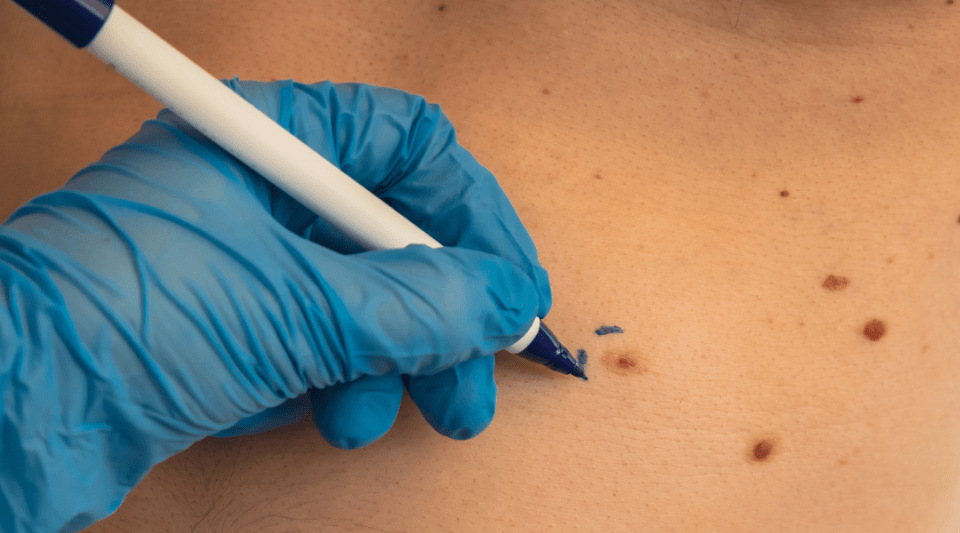Pelvic Floor Disorders (PFD) occur when the function of the pelvis is impaired, and can result in urinary incontinence or difficulty urinating, descent of the vaginal walls or prolapse (lowering or loosening) of the pelvic organs, anal incontinence and other related symptoms such as pain and sexual dysfunction. They occur very frequently. Up to 46% of women have these symptoms, and it is common for the same woman to have several pelvic floor disorders. Those whose pelvic floor muscles or fascia were injured during childbirth are at increased risk of experiencing dysfunction, which may appear immediately after childbirth or years later.
The pelvic floor is the set of muscular structures and ligaments attached to the pelvic bones. These structures are responsible for supporting the pelvic organs (urinary bladder, urethra, uterus, vagina, rectum and anus) and ensuring urinary and faecal continence, while at the same time enabling urination and defecation. They also facilitate intercourse, provide sensitivity during sex and help with childbirth.
The most significant risk factor for developing pelvic floor dysfunction in women is vaginal delivery, as these structures can become damaged when they are stretched. However, pregnancy itself is also a risk factor due to the increased pressure it puts on this area, which means a caesarean section does not provide 100% protection. Other risk factors include: older age; ethnicity (they are more common in Latina and Caucasian women than in African-American women); family history, obesity, chronic cough and constipation.
To prevent these injuries, it is important to be aware during delivery and avoid assisted births (forceps) whenever possible, protect the perineum as the foetus’ head comes out, or perform an episiotomy (a surgical incision to widen the birth canal) when necessary. These measures are especially important for women who are already at increased risk of suffering from PFD during the postpartum period. Mathematical models are now being applied prior to delivery to predict the risk of PFD, in order to personalise recommendations for the type and details of the delivery according to the woman's level of risk and preferences.
However, women who have urinary or anal incontinence (gas or faeces), difficulty urinating, a feeling of having a lump in the vagina, pelvic pain on a regular basis or during sexual intercourse can improve by exercising the pelvic floor muscles with correctly performed Kegel exercises. There are also pessary-type devices (which are placed in the vagina and exert weight) to improve support, and drugs that help prevent the urge to urinate. Eliminating certain bladder irritants (coffee, alcohol, acidic fruits) from the diet, and avoiding weight gain, constipation, coughing and frequent vigorous physical exercise can also improve symptoms. In certain cases, prolapse or stress urinary incontinence can be corrected with surgery.
It is important to consult a specialist so that the type of disorder can be diagnosed and treatment options can be discussed. There are treatments for all types of dysfunction and for all women, from conservative measures to surgical correction, depending on the type of disorder, the severity and the impairment of quality of life reported by the patient. Relieving these symptoms is essential for a woman's well-being, as it helps improve her quality of life, body image and sex life.
Information documented by: Dr Cristina Ros Cerro, Senior Specialist at the Clinical Institute of Gynaecology, Obstetrics and Neonatology, Hospital Clínic de Barcelona, and Associate Professor at the University of Barcelona.




